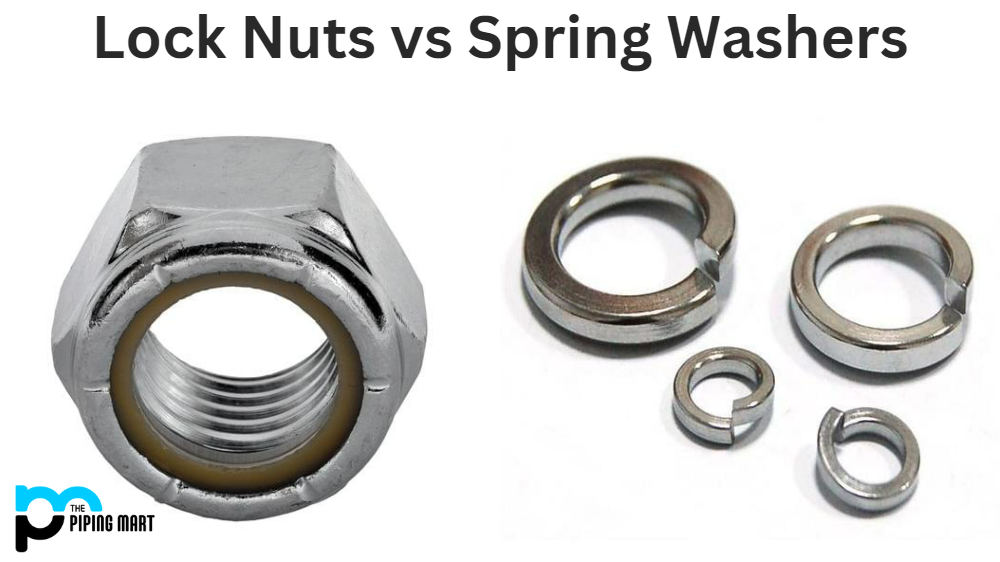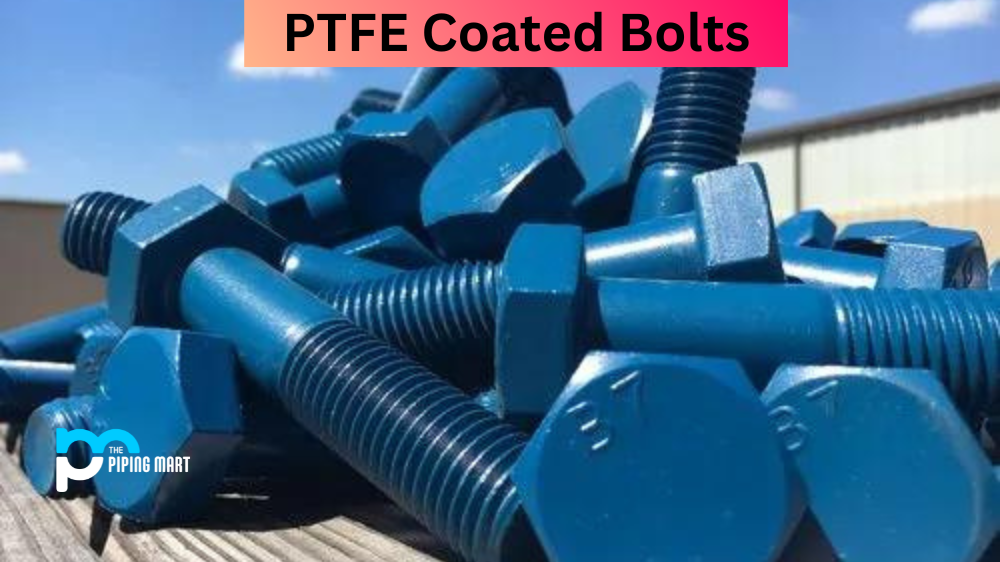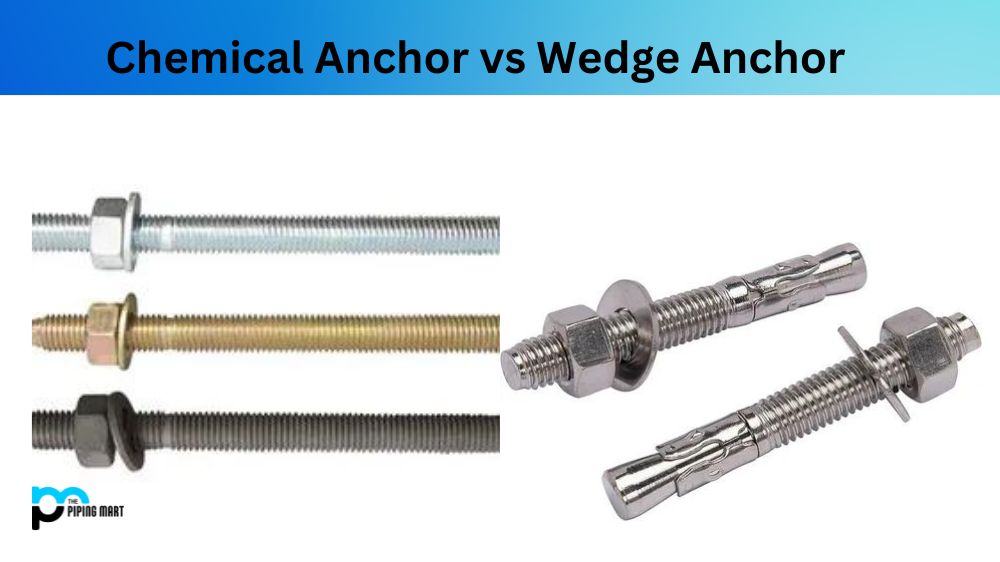Are you planning to hang something heavy on your wall and wondering what anchor to use? Two popular options are toggle bolts and Molly bolts. Both anchors can hold significant weight, but they differ in how they are installed and where they are best used. This blog post will explore the differences between toggle and Molly bolts and help you choose the best one for your next DIY project.
What is Toggle Bolt?
A toggle bolt is a fastener used to attach heavy objects to hollow surfaces, such as drywall. It consists of two parts: a spring-loaded toggle and a machine screw. When inserted into the hole in the wall, the toggle expands outwards, locking it firmly in place. The toggle bolt provides greater strength than regular screws or wall plugs when used on materials like drywall or plasterboard – making it ideal for hanging heavier items such as medicine cabinets.
What is Molly Bolt?
Molly Bolt is a traditional metal anchor bolt used in wood framing and drywall applications. Due to its unique design, it can expand when inserted into a hole, creating a strong and secure hold that can support up to 100 pounds of force. It has been used for many decades, providing an effective and reliable way of securing wood or drywall sheets in place. The metal bolt consists of two parts: the molly sleeve, which ensures a tight fit when inserted into the wall, and the threaded screw that holds it firmly in place.
Difference Between Toggle Bolt and Molly Bolt
Installation:
Toggle bolts are easier to install than Molly bolts. To install a toggle bolt, you only need to drill a hole in the wall and insert the bolt, then tighten the wing nut to secure the bolt in place. On the other hand, Molly bolts require you to drill a larger hole, insert the bolt, and then use a screwdriver to tighten the bolt until the collar expands and presses against the back of the wall. This process can be tricky, especially when working in a tight space.
Weight capacity:
Both toggle bolts and Molly bolts can hold significant weight, but toggle bolts are generally stronger than Molly bolts. Toggle bolts can hold up to 50 pounds in drywall and up to 100 pounds in concrete, whereas Molly bolts can only hold up to 25 pounds in drywall. If you’re hanging something heavy, like a TV or a shelf, use toggle bolts instead of Molly bolts.
Material:
Toggle bolts are usually made of steel or zinc-plated steel, which makes them durable and corrosion-resistant. On the other hand, Molly bolts are typically made of plastic or metal. Plastic Molly bolts are cheaper and easier to use but may need to be stronger than metal ones. Metal Molly bolts are more durable and can hold more weight but are also more expensive.
Applications:
Toggle bolts and Molly bolts are versatile and can be used in various applications. However, toggle bolts are better suited for heavier items that require a stronger anchor, like TVs and shelves, while Molly bolts are better for lighter items, like picture frames and towel bars. Molly bolts are also useful in thin materials like hollow-core doors and thin drywall.
Removal:
Removing the toggle and Molly bolts can be more challenging than installing them. To remove a toggle bolt, you need to unscrew the wing nut and pull the bolt out of the wall. Removing a Molly bolt is a little more complicated – you need to use a pair of pliers to twist the collar counterclockwise until it releases from the wall. It’s essential to be careful when removing either type of anchor, as they can damage the wall if not removed properly.
Conclusion:
Toggle and Molly bolts are practical anchors that support hanging items on walls. Toggle bolts are easy to install, strong, and durable, making them a great choice for hanging heavy items. Molly bolts are better suited for lightweight items and thin materials and offer a cost-effective option. Consider the weight of your item, the material you’re working with, and the installation process when choosing between the two types of anchors. By following the tips in this post, you can ensure a successful installation and avoid any damage to your walls.

A passionate metal industry expert and blogger. With over 5 years of experience in the field, Palak brings a wealth of knowledge and insight to her writing. Whether discussing the latest trends in the metal industry or sharing tips, she is dedicated to helping others succeed in the metal industry.




